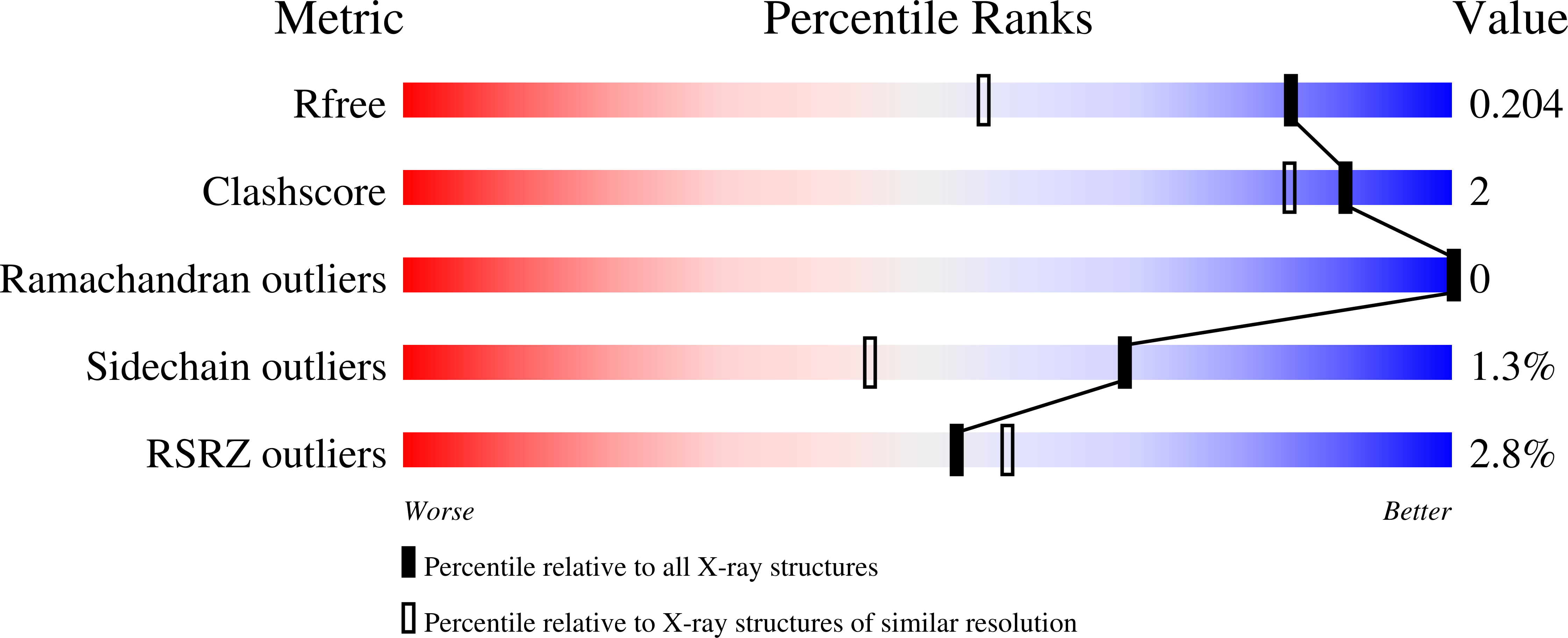
Deposition Date
2022-10-07
Release Date
2023-01-25
Last Version Date
2023-10-25
Entry Detail
PDB ID:
8EQ8
Keywords:
Title:
The crystal structure of 14-3-3 Beta containing 3-nitrotyrosine at position Y130
Biological Source:
Source Organism:
Homo sapiens (Taxon ID: 9606)
Host Organism:
Method Details:
Experimental Method:
Resolution:
1.50 Å
R-Value Free:
0.20
R-Value Work:
0.17
R-Value Observed:
0.17
Space Group:
P 1 21 1


